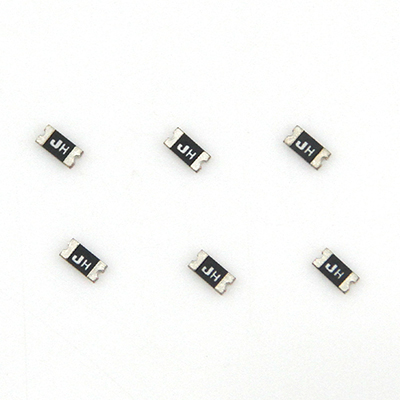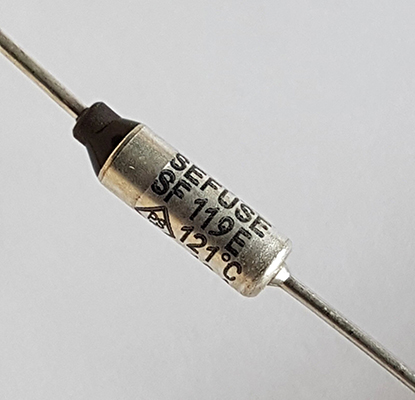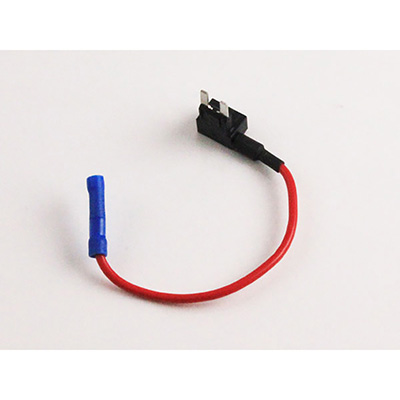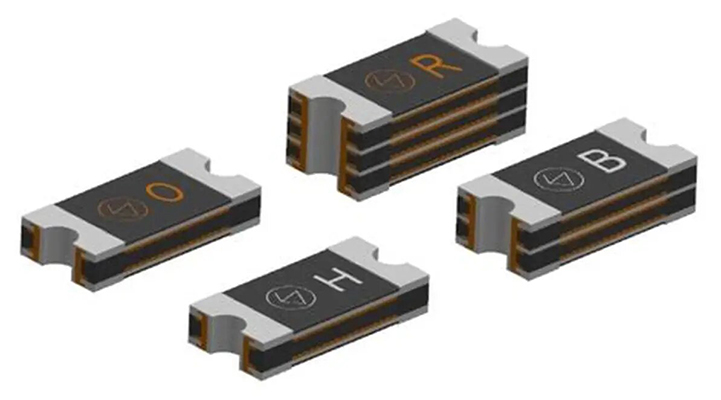Exploring Current Fuses for Automotive Lighting Circuits
News 2025-10-24
Current fuses are vital safety components in automotive systems, especially for lighting circuits that ensure visibility and safety on the road. They act as automatic circuit breakers, melting when excessive current flows to prevent damage from overloads or short circuits. In vehicles, lighting circuits power headlights, taillights, and other essential lights, making reliable fuse protection critical for both daily commutes and emergency situations. This discussion covers key aspects of current fuses in these applications, emphasizing their role in maintaining operational integrity.

Application Scenarios
In automotive lighting, current fuses protect various components under real-world conditions. For headlights, fuses guard against surges during high-speed driving or when accessories draw extra power. Taillights and brake lights rely on fuses to handle frequent on-off cycles without failure, ensuring consistent performance in traffic. Modern systems, including LED integrations, use fuses to isolate faults in complex circuits, preventing widespread issues and supporting energy-efficient designs that enhance fuel economy and reduce emissions.
Performance Advantages
Current fuses deliver strong benefits in car lighting circuits through rapid response and durability. They interrupt faults in milliseconds, minimizing risks like wire melting or component burnout. With precise current ratings, fuses avoid false trips in normal operation while providing robust protection against spikes. Their compact design allows easy integration into tight spaces, and materials resistant to vibration and heat ensure longevity in harsh automotive environments, ultimately improving vehicle reliability and reducing maintenance costs.
Maintenance and Best Practices
Effective maintenance of current fuses in lighting circuits involves regular checks and proper handling. Inspecting fuse boxes for discoloration or damage during routine services can catch issues early. When installing or replacing fuses, matching the exact amperage to the circuit is crucial to prevent under-protection or overloads. Best practices include using high-quality fuses with automotive-grade specifications, which resist corrosion and temperature extremes, thereby extending the lifespan of lighting systems and enhancing overall vehicle safety.
Frequently Asked Questions
1. What are the common types of current fuses in cars?
Answer: Blade and glass fuses are prevalent, with blade types favored for their compact size and ease of use in modern vehicles.
2. How do current fuses improve lighting system safety?
Answer: By breaking the circuit during overcurrent events, they prevent fires and protect sensitive electronics, ensuring reliable operation.
3. When should I replace a fuse in a lighting circuit?
Answer: Replace it immediately if blown, and check for underlying causes like wiring faults to avoid recurrent problems.


